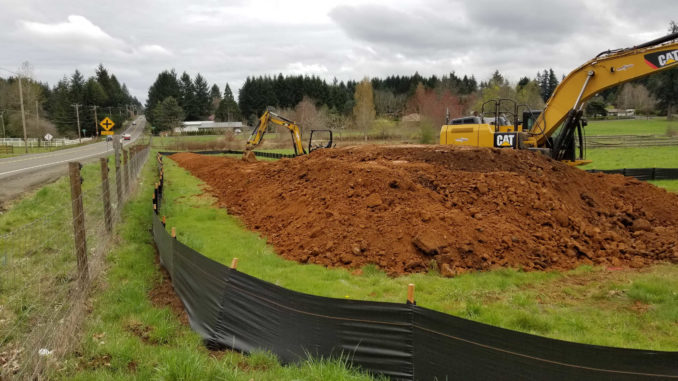
If you drive by the Clackamas Soil and Water Conservation District’s property in Beavercreek, Oregon, you have to notice the berms of red soil along Beavercreek Road. Why in the world did we do that? Let me explain…
Cost
Throughout the project, and for every aspect of it, we look at ways to reduce costs. Excavation of the site was necessary to provide room for the gravel base under the building slab. We had to remove a bit more material than we expected so instead of trucking the material away and paying to dispose of it, we used it to form the berms you see paralleling Beavercreek Road.
They are ugly!
Yes, they are ugly, but I have to qualify that statement. To those of us who work with different soils every day, the berms are interesting expressions of different kinds of material. We have some scientific interest in the differences between the berm west of the driveway and the berm east of the driveway.
The two berms are different. The west berm has more topsoil in it, and you can see that by the darker, richer color of the soil. The east berm has more subsoil in it, meaning it is less fertile and less able to support plants.
For those of you who are interested in soil, you’ll enjoy knowing that some of the soil on the farm is Jory soil, which happens to be the state soil of Oregon!
We will plant them!
We plan to plant the berms after construction is completed. The plantings will probably help demonstrate how certain plants fare when planted for specific purposes. I’m sure some of the area will be dedicated to supporting pollinators: bees, bugs, bats, and birds.
Clackamas SWCD staff are developing planting plans for the berms. Some of that work is up in the air because the irrigation system is not yet designed, nor do we have water service connected to the site at this time.
Our big concerns at this time are that (a) some of the material looks pretty poor and (b) weeds could take hold. We’re working on the first issue and watching for the second!
Other benefits of berms
We believe there will be some noise reduction by having the berms in place. And once plants are established and growing well, there will be less visual disruption for drivers on Beavercreek Road.
There is also a safety benefit provided by preventing vehicles from accidentally driving across the fields. Once we have more demonstrations going on in the fields, the berms will help protect the people and installations in those spots.
Schedule
You can expect to see Clackamas County’s famous red soil exposed for several months. Sometime this fall or winter, we’ll get topsoil and compost placed on the berms and begin planting.
We’re not stuck with berms
If things don’t work out with the berms quite the way we expect, we can always scoop up that material and cart it away. The berms don’t have to be permanent additions to our landscape.
Your feedback is welcome
Please send us you ideas and concerns!
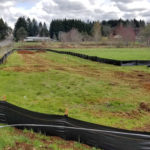

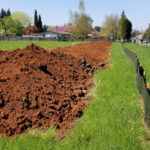
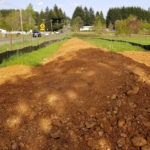
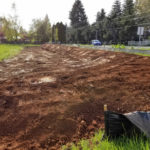
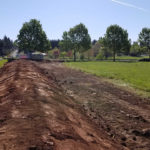
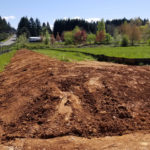
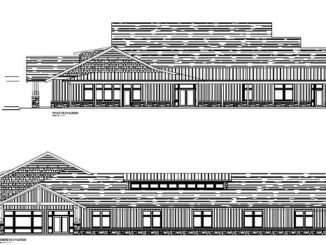
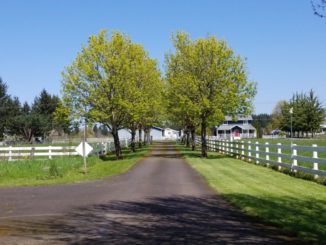

1 Trackback / Pingback
Comments are closed.